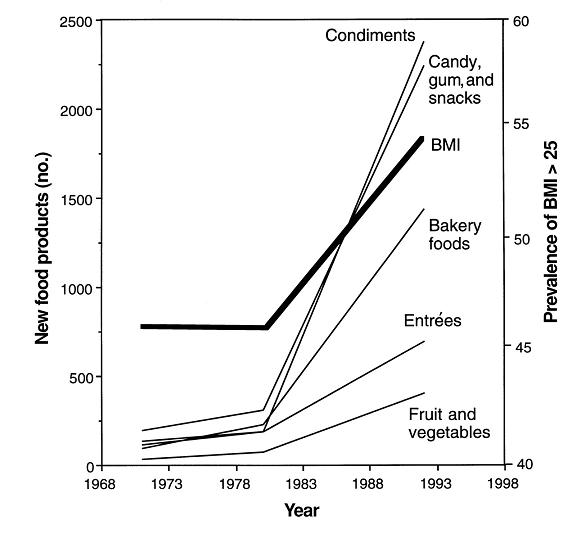But lost in this whirlwind of activity are several critical questions that have been overlooked and are critical to the debate. Here's one: Are all sugars and sweeteners really the same and do they have the same effects on the body? The corn industry propounds that sugar and high fructose corn syrup are the same but when our lab at USC took up the question, we found a far murkier and distressing picture.
Consider, for example, the most common form of HFCS - HFCS 55, which has 55% fructose compared to sucrose which is 50% fructose. Most people think this difference is negligible, but it's 10% more fructose. Yet this assumes that foods and drinks are made with HFCS 55. Our study showed that certain popular sodas and other beverages contain a fructose content approaching 65% of sugars. This works out to be 30% more fructose than if the sodas were made with natural sugar. HFCS can be made to have any proportion of fructose, as high as 90%, and added to foods without the need to disclose the specific fructose content.
In short: Sometimes we get a double dose of fructose without knowing so--something that no FDA advisory committee would approve if it came to labeling, say, a new prescription drug.

The number of food products introduced into the US food market classified as condiments, candy, snacks, and bakery foods parallels the increasing prevalence of obesity, and has increased strikingly out of proportion to new vegetable and fruit products. BMI in kg/m2. (Data are from reference 2 for obesity and from reference 21 for food products). Credit: Am J Clin Nutr March 1, 1999 vol. 69 no. 3 440-447
New evidence shows that large amounts of fructose are harmful because of the way fructose is metabolized. Fructose is taken up almost exclusively by the liver where it can be re-packaged as fat and produces harmful by-products in the process. Excess fructose consumption has therefore been linked to gout, hypertension, dyslipidemia, fatty liver disease, diabetes, and obesity.
This high level of fructose consumption may be devastating for infants and children. Studies show a strong link between high sugar consumption and obesity beginning in infancy.
Why? Because from an evolutionary perspective babies are not programmed to handle fructose, which is not present in breast milk. Lactose, the principal sugar in mother's milk, is made from glucose and galactose. The metabolic process required to handle fructose only emerges later in development.
Fructose is often called "fruit sugar" and perceived as healthy because it naturally occurs in most fruit. But fructose from fruit is encased in fiber-rich flesh that slows and reduces its absorption in the body and its metabolism in the liver, serving as a sort of antidote to the negative effects of fructose metabolism. The raw fructose in HFCS and normal table sugar is not encased in a friendly fiber flesh, making it more likely to wreak havoc on your metabolism
.
Simply banning the sale of large portions of sugary drinks won't work - if consumers want more they can buy multiple smaller servings. Neither will the typical alternative--increased nutrition education. These strategies are doomed for failure because they don't address the root of the problem. While reducing consumption of "added sugars" will likely provide some health benefits, we should first focus on reducing fructose, since it is high levels of fructose coming from HFCS in processed foods and beverages that are the most damaging to our health.
So what should we really be doing? Perhaps it is time for the FDA to re-examine whether HFCS warrants the federal government's industry-friendly GRAS status it was given decades ago; is it really "generally recognized as safe?" The agency might also define and enforce allowable fructose content--making sure it is really "the same" as sugar by banning any concoction above the natural 50/50 fructose to glucose proportion.
At the bare minimum we must have food labels that differentiate sugars in the same way as they differentiate fats, with a clear indication of the fructose content.
There is one simple thing that individuals can do in the fight against obesity and type 2 diabetes: simply reject HFCS. This will have multiple beneficial effects. First it will reduce your risk of obesity and reduce your risk of related conditions like type 2 diabetes, fatty liver disease, gout and hypertension. It will also force food and beverage manufacturers to re-consider using HFCS and turn to using natural sugar instead. This might increase the cost of foods and beverages, which will in turn force the food industry to re-consider portion sizes and force consumers to purchase and consume less sugary foods.
That will thus shift the burden of effort for obesity prevention from the individual to the food and beverage industry. That's the right thing to do.

Obesity. The truth is out there. Photo: Shutterstock





Comments